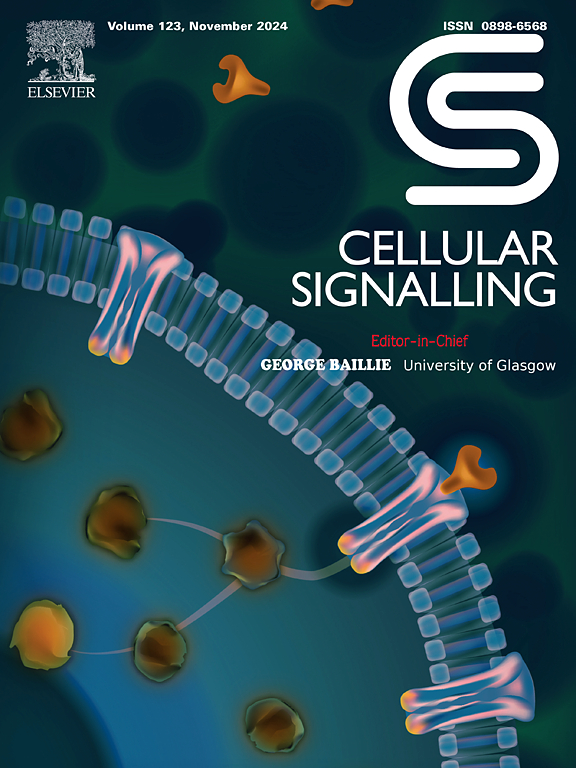SCARA5 deficiency inhibits ferroptosis via regulating iron homeostasis and results in sorafenib resistance in hepatocellular carcinoma
IF 4.4
2区 生物学
Q2 CELL BIOLOGY
引用次数: 0
Abstract
SCARA5 (Scavenger Receptor Class A Member 5), a member of scavenger receptor class A, is a type II transmembrane protein. Previous studies, including our own, have suggested that SCARA5 acts as a tumor suppressor in various cancers. Additionally, SCARA5 has been identified as a ferritin receptor that facilitates iron delivery independent of transferrin. However, it remains unclear whether ferroptosis is involved in the tumor-suppressive function of SCARA5 in hepatocellular carcinoma (HCC). In this study, we found that SCARA5-deficient cells, including mouse embryonic fibroblasts (MEFs) and HCC cells, exhibited reduced sensitivity to ferroptosis induced by erastin and RSL3. We measured the cell viability, cellular reactive oxygen species (ROS), lipid ROS, malondialdehyde (MDA) and ferrous iron concentration to assess the role of SCARA5 in ferroptosis. Mechanistically, we confirmed that SCARA5 might enhance the intracellular availability of bioactive ferrous iron by promoting autophagic degradation of the major iron storage protein ferritin. Furthermore, we found that SCARA5 deficiency contributed to the resistance of HCC cells to sorafenib, a therapeutic agent for HCC, possibly by inhibiting ferroptosis. Collectively, our study revealed the role of SCARA5 in regulating ferroptosis, providing a profound understanding of sorafenib resistance in HCC systemic therapy.

求助全文
约1分钟内获得全文
求助全文
来源期刊

Cellular signalling
生物-细胞生物学
CiteScore
8.40
自引率
0.00%
发文量
250
审稿时长
27 days
期刊介绍:
Cellular Signalling publishes original research describing fundamental and clinical findings on the mechanisms, actions and structural components of cellular signalling systems in vitro and in vivo.
Cellular Signalling aims at full length research papers defining signalling systems ranging from microorganisms to cells, tissues and higher organisms.
 求助内容:
求助内容: 应助结果提醒方式:
应助结果提醒方式:


